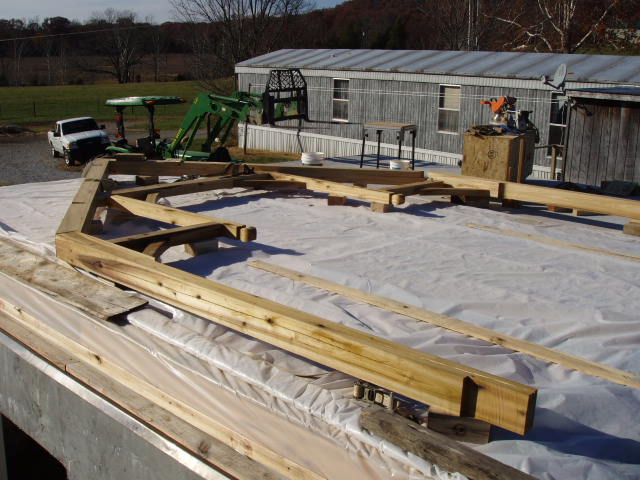Question
I hope to build a timber frame house within the next 1-2 years and have availability of yellow poplar around 24 inch dbh or larger and clear spans of 25-30 feet from the butt end. Is yellow poplar structurally sound/strong enough to consider for a timber frame?
Forum Responses
(Sawing and Drying Forum)
From contributor G:
It all depends upon your building codes as to whether you can use it, structurally sound or not. Around here tulip poplar cannot be used for weight bearing walls in a dwelling. You need to contact your building inspector.
If you go with poplar for the floor just remember that you'll get a lot of dents in it, maybe use it upstairs where there is less traffic. You'll want to get a copy of: "Grades, design Values and Span Tables for yellow poplar framing lumber", AG-351 from the North Carolina Ag Extension Service, Raleigh, NC, published 1985.

So to build "prescriptively”, as opposed to using an "engineered" solution, the lumber is graded. This establishes strength grades, which are then looked up in approved tables and from that maximum span lengths can be determined for your load conditions. This works for any species that you can get acceptable design values for - lumber 2-4" thick.
For heavy timber it can get more complicated. Timber framing is not a prescribed method of construction in the codebook, so technically it’s engineered right off the bat. Timbers 5x5 and larger have a different set of design values than 2-4" thick dimensional lumber. These values are in the back of the "supplement" linked to above.
There are few beam span tables, and there is one on the AWC website but typically beams are sized individually. This gets into engineering so often an engineer's seal is required on heavy timber plans, this does not preclude the use of any wood. Some inspectors will allow the engineer to grade the timbers to their satisfaction for the design. None of that means it can't be done. Not every inspector makes you jump through all the hoops, but don't let him make up his own hoops.
Poplar from my experience tends to check more than I like for a timber, I prefer to use it for dimensional lumber. That’s more personal preference than anything. Poplar also tends to fail quick, and it is not a long grained and stringy wood.